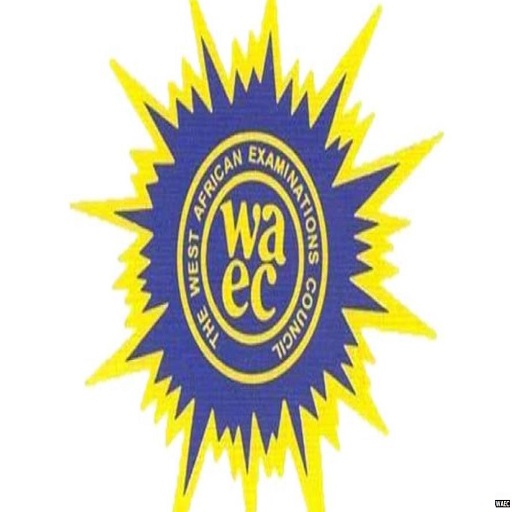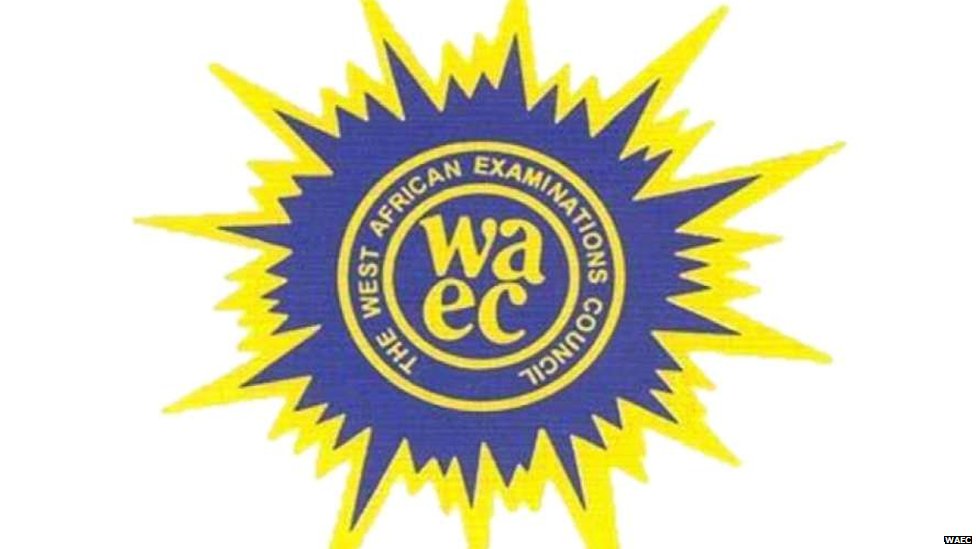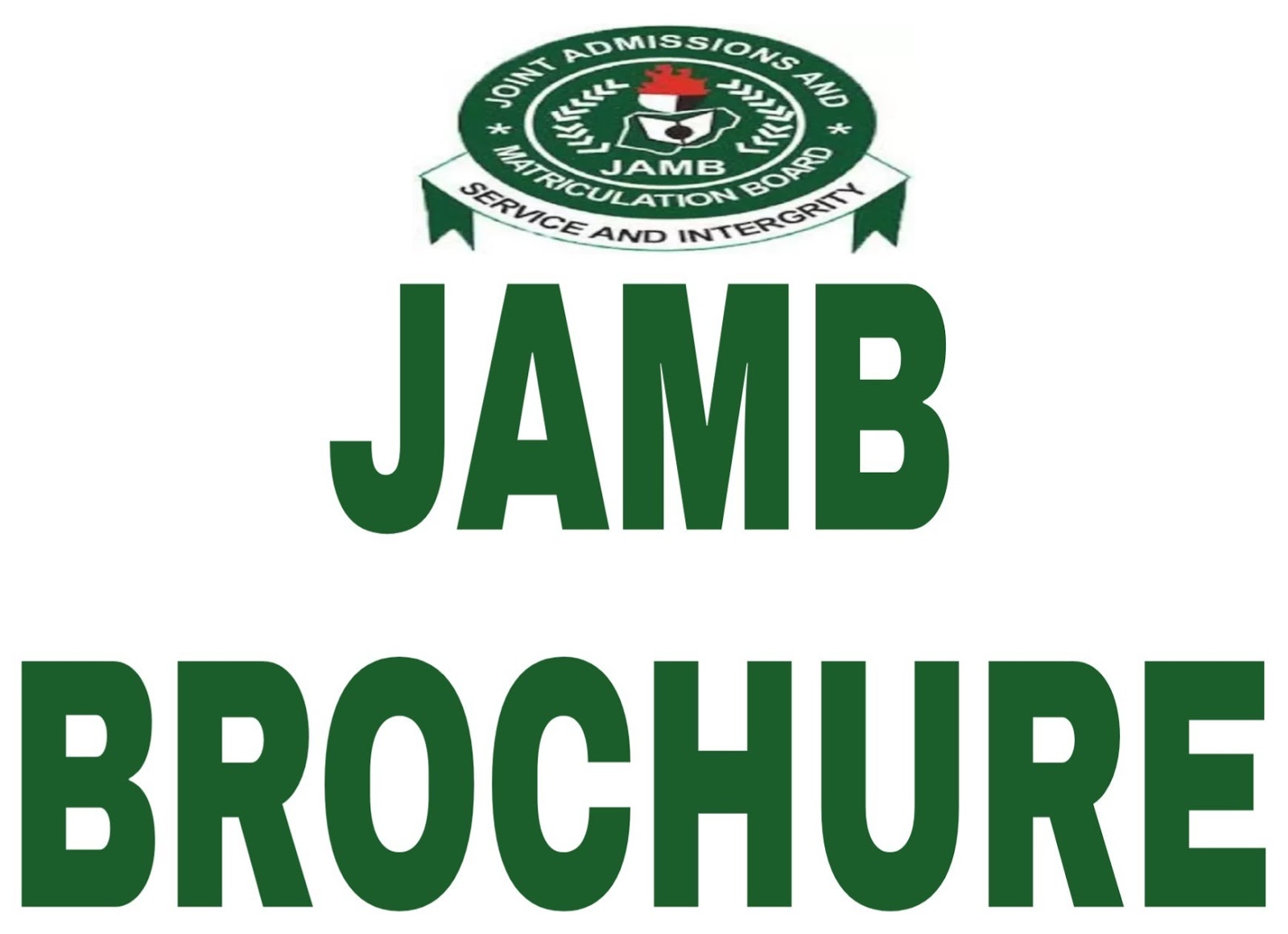WASSCE ECONOMICS PAST QUESTION PAPER 2021 PDF – PC: Instruction: Answer four questions in all: one question only from section A and any three questions from section B. You are reminded of the importance of clarity of expression and orderly presentation of relevant materials. All questions carry equal marks.
ALSO READ: WAEC ECONOMICS PAST QUESTION 2020 PDF
SECTION A: Answer one question only from this section
- Table 1 below represents the cost and revenue positions of a firm producing roofing sheets. Study the table and answer the questions that follow.
| Output (kg) | Total Revenue ($) | Marginal Revenue ($) | Total Cost ($) | Marginal Cost ($) |
| 10 | 150 | – | 250 | – |
| 20 | 300 | 15 | 300 | 5 |
| 30 | 420 | 12 | J | 2 |
| 40 | 520 | 10 | 350 | 3 |
| 50 | 600 | I | 430 | 8 |
| 60 | 660 | 6 | 530 | K |
| 70 | 690 | 3 | 680 | 15 |
- (a) Compute the values of I, J and K
- (b) What is the equilibrium output level of the firm? Explain your answer
- (c) Calculate the profit or loss at the equilibrium output level
- (d) Is it economical for the firm to produce beyond 50kg? Explain your answer
- (e) In what market structure is the form operating? Explain your answer
2. Table below shows the assets, income and tax obligations of a retired worker. Use the data to answer the questions that follow.
| ITEM | VALUE ($) |
| Annual Pension | 40,000 |
| Value of House owned | 200,000 |
| Annual Rent from House | 48,000 |
| Value of School owned | 550,000 |
| Annual Profit from School | 35,000 |
| Annual income Tax | 33,500 |
| Property Tax per year | 10,000 |
| Value of Taxi owned | 17,500 |
| Yearly Profit from Taxi | 23,000 |
- (a) Calculate his:
- (i) annual total income
- (ii) annual disposable income
- (iii) total value of capital assets
- (b) Compute his disposable income per month
- (c) If he pays 15% of his annual disposable income to the social welfare as his social responsibility, how much is left?
SECTION B (WASSCE ECONOMICS PAST QUESTION PAPER 2021 PDF – PC)
Answer three question only from this section
- 3. (a) Define scale of preference.
- (b) Identify the ways through which scale of preference can assist:
- (i) an individual
- (ii) a firm
- (iii) a government
- (c) Explain any three reasons why the study of Economics is useful.
- 4. (a) Define a market economy
- (b) Distinguish between capital intensive and labour intensive methods of production.
- (c) How is the economic problem of what to produce resolved in a:
- (i) market economy;
- (ii) socialist economy
- (iii) mixed economy
- 5. (a) Define elasticity of demand.
- (b) Explain the following:
- (i) price elasticity of demand;
- (ii) cross elasticity of demand
- (iii) income elasticity of demand
- (c) Draw diagrams only to illustrate the following elasticities
- (i) unitary elastic supply
- (ii) perfectly inelastic supply
- (iii) infinitely elastic supply
- 6. (a) Define natural budget.
- (b) Explain with an example each:
- (i) capital expenditure
- (ii) recurrent expenditure
- In what four ways is a budget necessary for a government
- 7 (a) Explain the following forms of economic co-operation:
- (i) free trade area;
- (ii) customs union
- Outline four problems hampering the effective economic integration of West African countries
- 8 (a) What are forest resources?
- (b) Identify any two ways of conserving forest resources
- (c) Explain any four contributions of forest resources to the economy of a country
For more information visit: www.waeconline.org.ng







